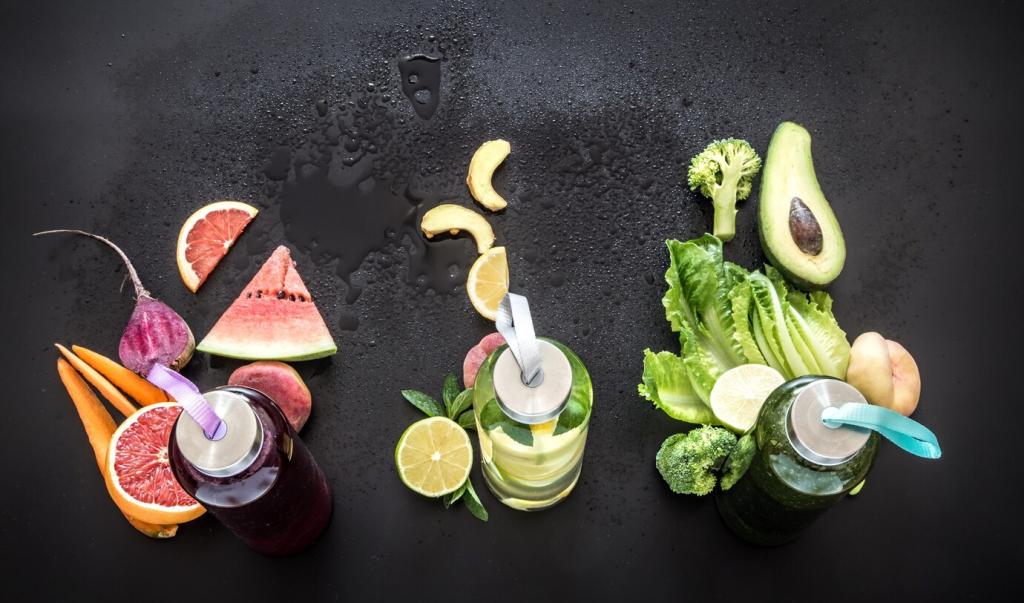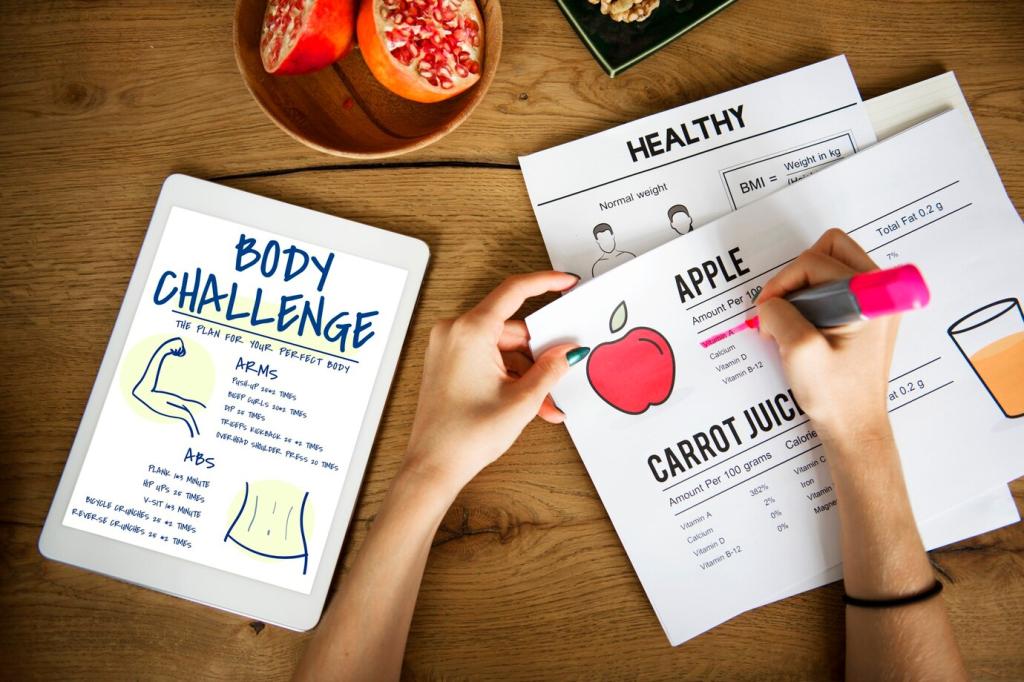Micronutrients and Their Role in Athletic Success
Today’s chosen theme: Micronutrients and Their Role in Athletic Success. Small nutrients, big performances—let’s explore how vitamins, minerals, and trace elements quietly unlock power, resilience, and focus. Join the conversation, share your questions, and subscribe for weekly micro-level breakthroughs tailored to your training.
The Micro Advantage: How Tiny Nutrients Drive Big Wins
01
Iron and the Oxygen Economy
Iron supports hemoglobin and ferritin, the infrastructure that moves oxygen from breath to muscle. One collegiate 5K runner saw nagging late-lap fades disappear after addressing low ferritin, proving how microscopic deficits can sabotage race-day rhythm.
02
Magnesium: The Quiet Rhythm of Movement
Magnesium assists muscle contraction, energy metabolism, and sleep quality—three pillars of training readiness. An amateur triathlete reduced night calf twitching by improving magnesium intake from leafy greens, legumes, and nuts, restoring smoother stride mechanics during early morning brick sessions.
03
Vitamin D: Strength, Bones, and Immune Backstop
Vitamin D supports bone integrity and neuromuscular function, especially for indoor athletes or winter seasons. After a gloomy winter, a volleyball team addressed low vitamin D status and reported fewer shin grumbles, sharper jumps, and steadier practice attendance across a demanding tournament stretch.
Heavy sweaters often lose significant sodium, risking dizziness and cramping. One marathoner mapped sweat rate and salty sweat patterns, adjusted pre-race sodium, and finally negative-split a humid course that had previously felt like running through warm molasses.
Electrolytes and Game-Day Consistency
Antioxidants Without Overdoing It
Large, immediate antioxidant megadoses after hard sessions may blunt desired signals. Instead, favor regular intake of berries, greens, and citrus throughout the day, allowing your body to adapt while still cushioning excessive post-workout stress.

Micronutrients by Sport Demands
Mileage and foot-strike can elevate iron needs, while B vitamins support energy pathways. An ultrarunner regained late-stage poise by pairing iron-aware meals with a balanced B-complex approach guided by periodic blood checks and careful training logs.
Micronutrients by Sport Demands
Power athletes benefit from zinc and magnesium for recovery and neuromuscular function. A lifter addressed zinc shortfalls from limited food variety and found grooved bar speed reappearing on heavy triples without the usual afternoon crash.


Plant-Forward Fueling Without Micronutrient Gaps
Non-Heme Iron Plus Vitamin C
Non-heme iron absorbs better when paired with vitamin C. A distance runner combined lentils with bell peppers and citrus, then separated coffee from iron-rich meals, watching easy runs become truly easy again within a month.
Vitamin B12: No-Nonsense Insurance
B12 can be elusive in vegan patterns. A simple, consistent supplement plan under professional guidance helped a plant-based cyclist stabilize energy across multi-day tours, preventing that creeping afternoon drift that used to derail stage three.
Calcium, Iodine, and Selenium from Smart Choices
Fortified plant milks, sea vegetables in moderation, and Brazil nuts can cover tricky gaps. One basketball player rotated these options weekly, building bone-friendly habits that felt effortless during long travel stretches.
From Testing to Action: Personalizing Your Micro Map
Create anchors: iron-focused meals on lower-fiber days, vitamin C at lunch, calcium in evening, and electrolyte boosts around heat. Share your template in the comments so others can steal your smartest ideas.

Seasonal and Environmental Micro-Periodization

Heat, Humidity, and Sodium Tuning
In steamy conditions, sodium and fluids deserve proactive planning. One half-marathoner practiced race-day intake during hot tempo runs, then replicated the playbook precisely on the big day—no cramps, no panic, only flow.

Winter Sunshine Strategy for Vitamin D
Short days can undercut vitamin D status. Indoor teams scheduled quick daylight breaks, monitored levels per guidance, and paired vitamin D with dietary fats, keeping joints and moods steadier through the grind of midseason.

Altitude, Iron Stores, and Safer Adaptation
Altitude camps stress the oxygen system. An experienced coach reviewed ferritin ahead of travel and supported iron-rich meals, helping athletes feel the intended training stimulus without the dead-legged haze that ruins key sessions.
